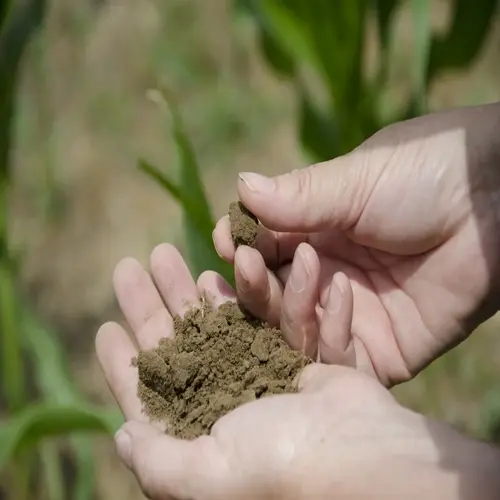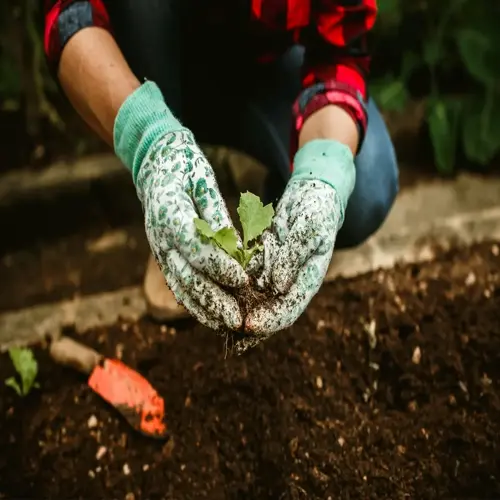How can you identify quality heirloom tomato plants?

Written by
Nguyen Minh
Reviewed by
Prof. Samuel Fitzgerald, Ph.D.When identifying quality heirloom tomato varieties, the first step is to start with healthy, vigorous seedlings that demonstrate important health indicators. Vigorous plants will have deep green foliage and will not exhibit either spots or yellowing leaves. Sturdy stems will hold up the rest of the fruit's weight without bending. Strong root systems will appear well-developed but not root-bound. These items ensure successful growing and plentiful harvesting.
Foliage Health
- Deep green color indicates proper nutrition
- No spots or yellowing signals disease resistance
- True-to-type leaf shape confirms variety authenticity
- Avoid plants with curled or distorted leaves
Stem Structure
- Thickness proportional to plant height
- Purplish tint indicates phosphorus absorption
- Resists bending when gently shaken
- No lesions or cracks along stem surface
Root Examination
- White fibrous roots visible at drainage holes
- No circling or matted root patterns
- Earthball holds together when lifted
- Avoid plants with dark or mushy roots
The timing of plant inspection impacts evaluation precision. Check seedlings in the early morning hours when their natural turgor pressure is at its highest. Look for pest signs, such as aphids on the undersides of leaves, without the influence of chemical residues on the leaf surfaces. These steps help determine the quality of a plant before buying.
Specific characteristics of a variety verify that it represents the correct variety. Cherokee Purple has uniquely purple-tinged foliage. Brandywine displays potato-leaf structure, as opposed to standard serrated edges. Green Zebra seedlings have lighter green veining. Identifying these characteristics helps prevent you from purchasing mislabeled plants.
After purchasing seedlings, it is essential to maintain their quality. You should gradually acclimatize all plants to outdoor conditions for 7 days before planting in an outdoor location. Immediately after transplanting, deeply water the plants with a vitamin B solution. Protect seedlings from wind and direct sunlight for 48 hours after transplanting. These steps help mitigate transplant shock.
Read the full article: Top 10 Heirloom Tomato Varieties for Your Garden

